E-commerce Influence
The rise of e-commerce has significantly impacted the Rigid Food Packaging Market. With more consumers opting for online grocery shopping, the demand for durable and secure packaging solutions has escalated. Packaging must not only protect products during transit but also enhance the unboxing experience for consumers. Data indicates that the e-commerce food sector is expected to grow by 20% annually, necessitating robust packaging solutions that can withstand shipping challenges. This trend compels manufacturers to innovate and develop packaging that meets the specific needs of e-commerce, thereby driving growth in the Rigid Food Packaging Market. Companies that adapt to these changes are likely to gain a competitive edge.
Sustainability Initiatives
The Rigid Food Packaging Market is increasingly influenced by sustainability initiatives. Consumers are becoming more environmentally conscious, prompting manufacturers to adopt eco-friendly materials and practices. This shift is evident as companies invest in biodegradable and recyclable packaging solutions. According to recent data, the demand for sustainable packaging is projected to grow at a compound annual growth rate of 5.5% over the next five years. This trend not only aligns with consumer preferences but also helps companies comply with stringent regulations aimed at reducing plastic waste. As a result, the Rigid Food Packaging Market is likely to see a surge in innovative packaging designs that minimize environmental impact while maintaining product integrity.
Technological Advancements
Technological advancements play a crucial role in shaping the Rigid Food Packaging Market. Innovations in materials science and packaging technology are enabling the development of smarter packaging solutions. For instance, the integration of active and intelligent packaging technologies can enhance product shelf life and provide real-time information about freshness. The market for smart packaging is anticipated to grow at a rate of 8% annually, reflecting the increasing demand for high-tech solutions. These advancements not only improve the functionality of packaging but also cater to consumer preferences for transparency and quality assurance. Consequently, the Rigid Food Packaging Market is likely to benefit from these technological innovations.
Convenience and Portability
Convenience and portability are pivotal drivers in the Rigid Food Packaging Market. As lifestyles become increasingly fast-paced, consumers seek packaging that offers ease of use and transportability. This trend is particularly pronounced in ready-to-eat meals and snack products, where packaging must facilitate on-the-go consumption. Recent statistics reveal that the demand for portable food packaging is rising, with a projected increase of 7% in the next few years. Manufacturers are responding by designing packaging that is lightweight yet sturdy, ensuring that products remain fresh and intact. This focus on convenience not only enhances consumer satisfaction but also propels growth within the Rigid Food Packaging Market.
Health and Safety Regulations
Health and safety regulations are a significant driver in the Rigid Food Packaging Market. Stringent regulations regarding food safety and hygiene compel manufacturers to adopt high-quality packaging materials that comply with safety standards. This is particularly relevant in sectors such as dairy, meat, and ready-to-eat meals, where packaging must prevent contamination and preserve product integrity. Recent data indicates that compliance with these regulations is expected to drive a 6% increase in demand for high-performance packaging solutions. As consumers become more aware of food safety issues, the Rigid Food Packaging Market must adapt to these regulatory requirements, ensuring that packaging not only meets safety standards but also enhances consumer trust.


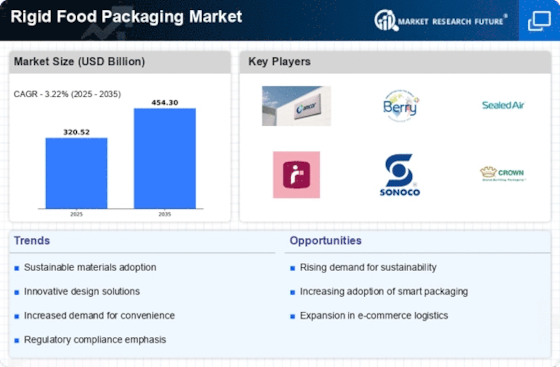
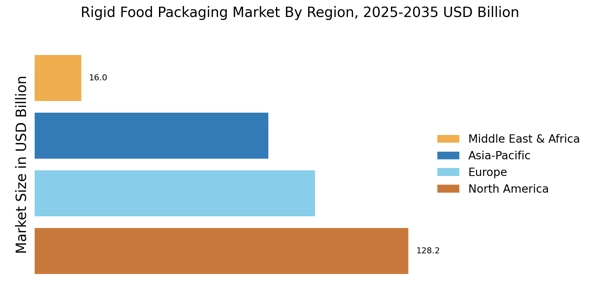

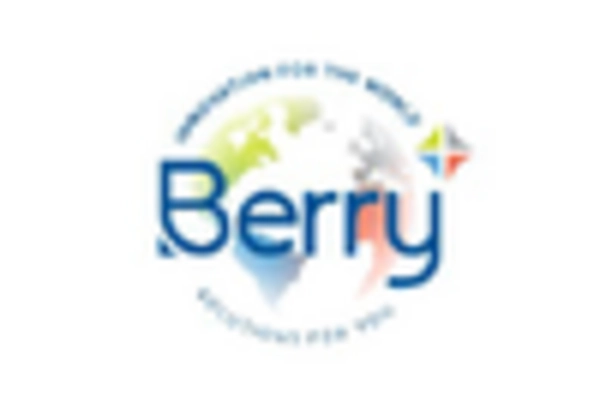
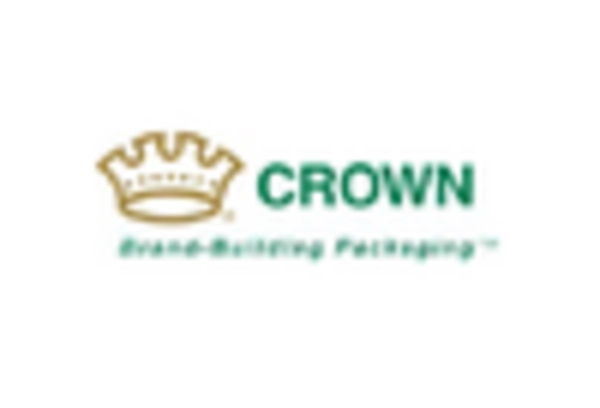
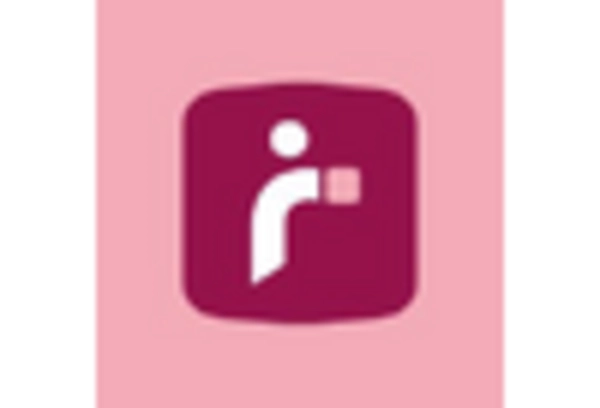
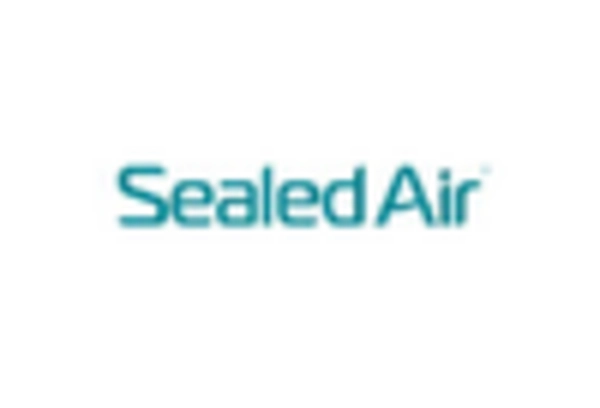
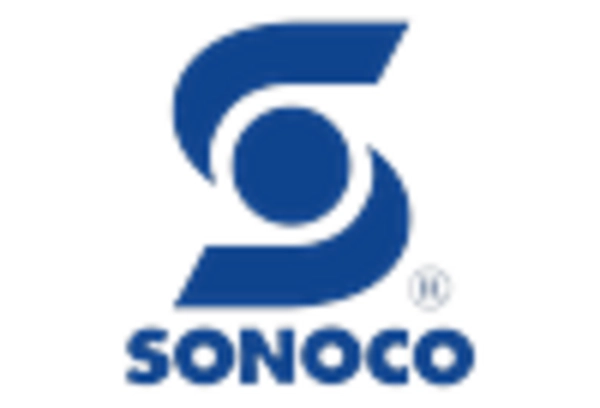








Leave a Comment